In piping and plumbing systems, pipe fittings play a crucial role in connecting, controlling, and directing the flow of fluids or gases. Their proper selection and installation are essential for the safe and efficient operation of any piping network. Understanding the different types of pipe fittings and their functions can help in designing and maintaining systems that meet operational needs while ensuring durability and safety.
Pipe fittings come in various shapes, sizes, and materials, each designed for specific applications. Among these, there are fittings that connect pipes, fittings that control flow, and fittings that help regulate pressure or prevent backflow. Here, we'll focus on some common types and discuss their technical aspects, including full flow check valves, flanged pressure reducing valves, and 2 gas ball valves.
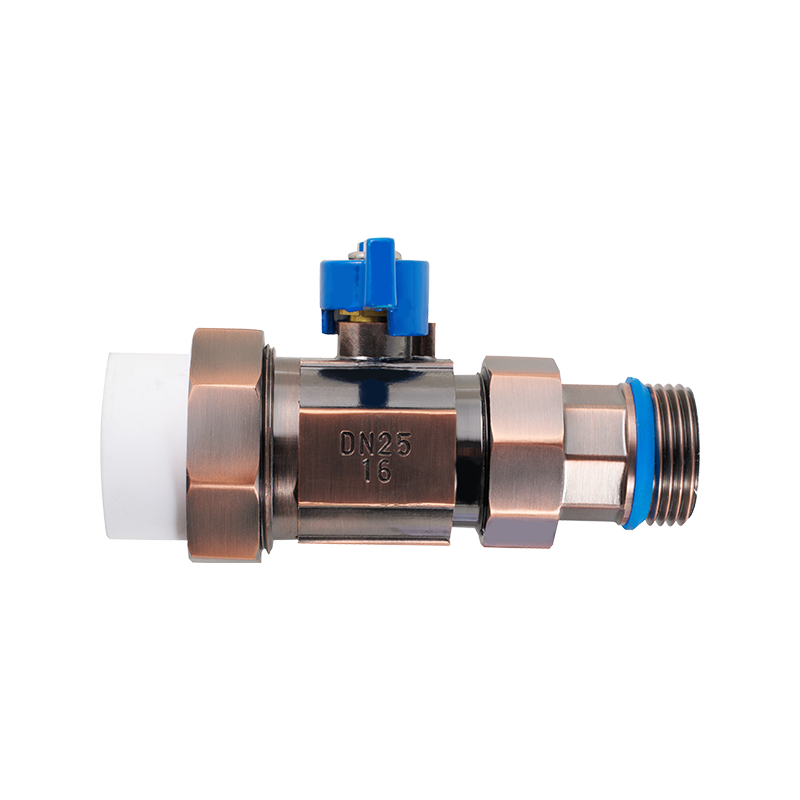
Full Flow Check Valve
A full flow check valve is designed to allow fluid or gas to flow in only one direction while preventing backflow. This type of valve is essential in systems where reversing flow could cause damage or operational issues. The term “full flow” indicates that the valve's internal diameter matches that of the pipe, less pressure loss and allowing an unrestricted flow when open. This characteristic is particularly valuable in systems where maintaining flow efficiency is important.
Check valves are often used in water supply lines, HVAC systems, and various industrial processes. The full flow check valve's design typically includes a swing or lift mechanism that opens when fluid pushes forward and closes when the flow reverses. This automatic operation requires no external control, making it a reliable component for preventing contamination, pressure surges, or pump damage.
Flanged Pressure Reducing Valve
Pressure reducing valves are designed to regulate and reduce pressure within a piping system to a safer or more functional level. The flanged pressure reducing valve features flanged connections, which are bolted interfaces allowing easy installation and maintenance in large-scale or industrial piping systems. Flanged fittings offer sturdy and leak-resistant connections suitable for high-pressure and high-temperature applications.
The pressure reducing valve works by sensing the downstream pressure and adjusting the valve opening to maintain a preset pressure level. This prevents damage to downstream equipment and ensures system stability. Flanged pressure reducing valves are commonly found in water distribution systems, steam lines, and industrial processes where pressure control is critical.
One advantage of the flanged design is that it facilitates easy disassembly and inspection without disrupting the entire pipeline. This feature is important for systems requiring regular maintenance or those with frequent operational changes.
2 Gas Ball Valve
Ball valves are widely used for their simple operation and reliable sealing. A 2 gas ball valve refers to a ball valve designed specifically for controlling the flow of gas in a two-port configuration. The ball inside the valve has a hole through its center; when aligned with the pipe, gas flows freely, and when rotated 90 degrees, the flow is stopped completely.
Gas ball valves are preferred in many applications because they provide quick shutoff and can handle high pressures and temperatures. The two-port design is the simplest form, with an inlet and an outlet port, making it easy to install and operate.
In systems where gas flow control is necessary, such as in industrial gas lines, laboratory setups, or residential gas installations, the 2 gas ball valve offers reliability and ease of use. The valve's seating materials and construction must comply with safety standards to prevent leaks and withstand the chemical properties of the gas handled.
Other Common Pipe Fittings
Beyond these valves, pipe fittings include elbows, tees, couplings, reducers, and unions, each serving specific purposes. Elbows change the direction of flow, tees allow branching, couplings join pipes of the same diameter, reducers connect pipes of different sizes, and unions facilitate pipe disassembly without cutting.
Materials for fittings range from metals like stainless steel, brass, and cast iron to plastics such as PVC and polypropylene. The choice depends on the medium transported, temperature, pressure, and environmental conditions.
Selection Considerations
When selecting pipe fittings, several factors should be considered. These include the fluid or gas type, pressure and temperature requirements, compatibility with pipe materials, and installation constraints. For example, flanged fittings like the flanged pressure reducing valve are suitable for systems where maintenance access is important, while compact fittings may be preferred in tight spaces.
Moreover, valves such as full flow check valves and 2 gas ball valves must meet performance standards related to flow capacity, leakage rate, and durability. Proper sizing and installation techniques are crucial to avoid operational problems like pressure drops, vibration, or premature wear.
Pipe fittings and valves form the backbone of piping systems, ensuring fluid and gas are directed, controlled, and regulated efficiently. Understanding the technical features and functions of fittings such as full flow check valves, flanged pressure reducing valves, and 2 gas ball valves helps in designing systems that operate safely and effectively. Careful selection and maintenance of these components can prolong system life and improve overall performance.


 English
English русский
русский Español
Español عربى
عربى
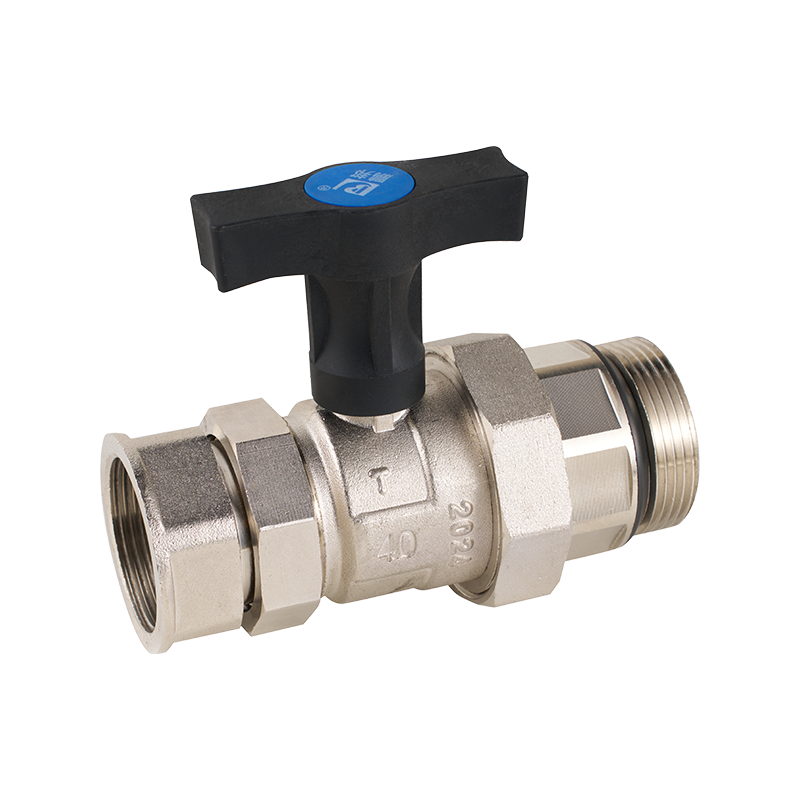
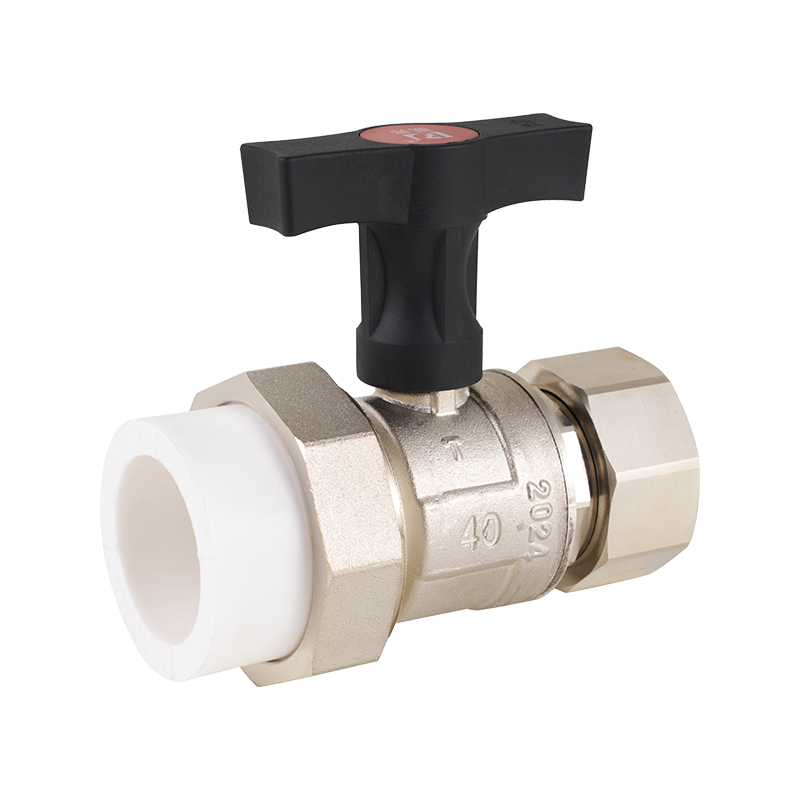
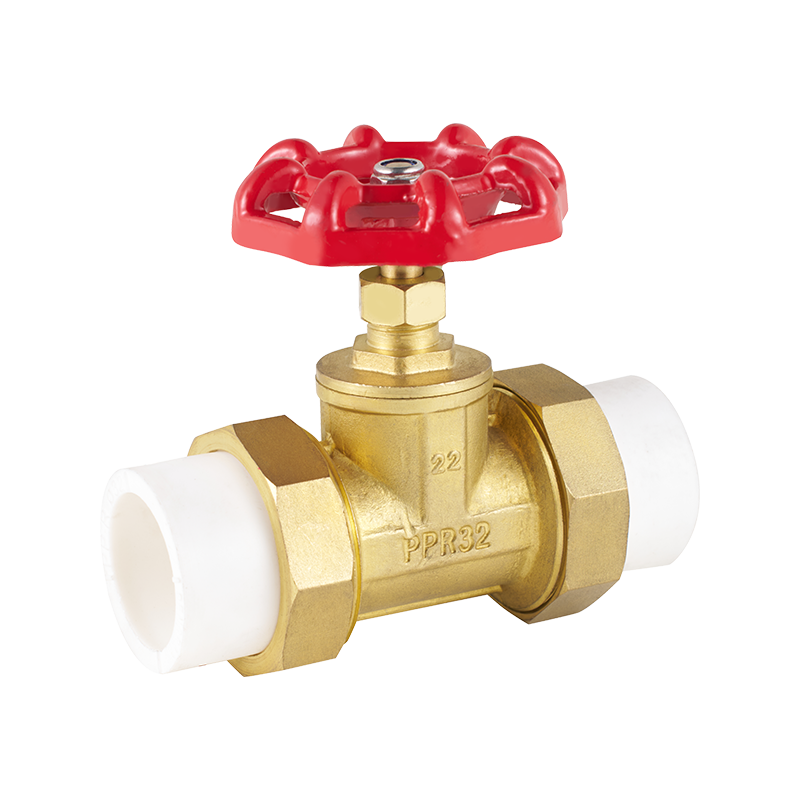
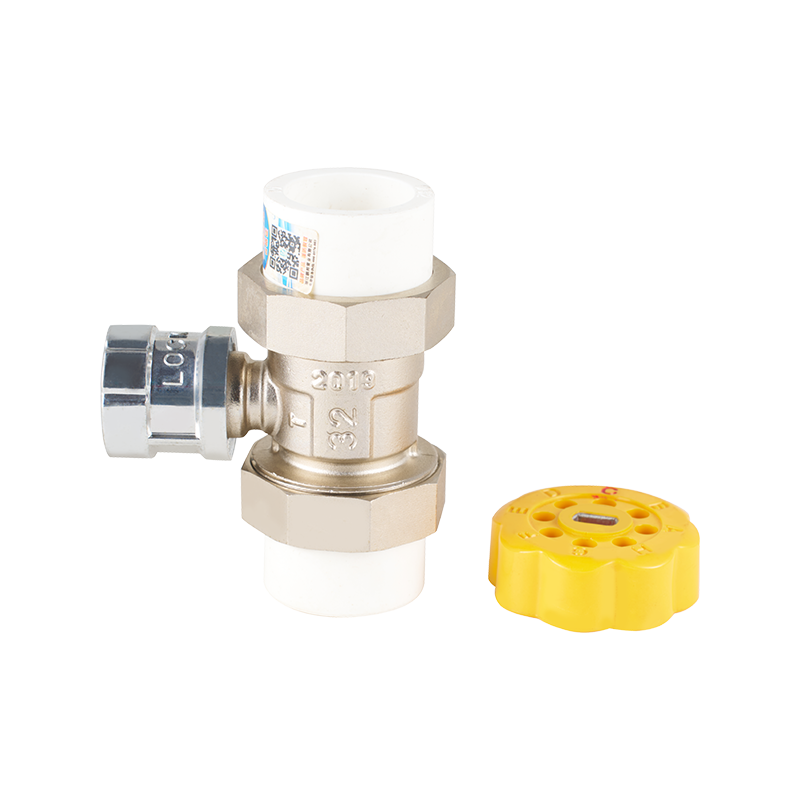
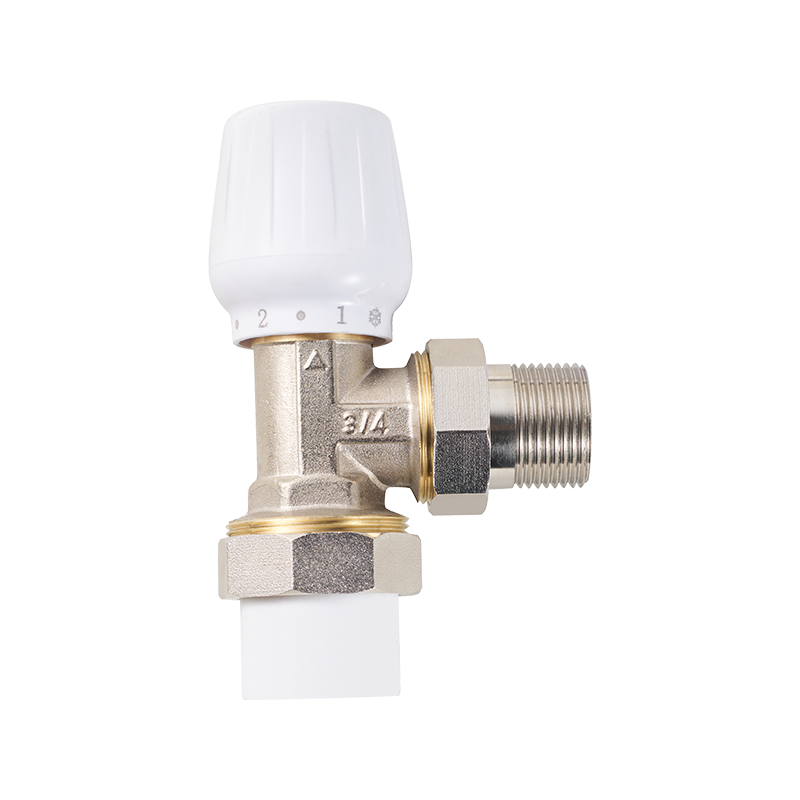

 CONTACT US
CONTACT US